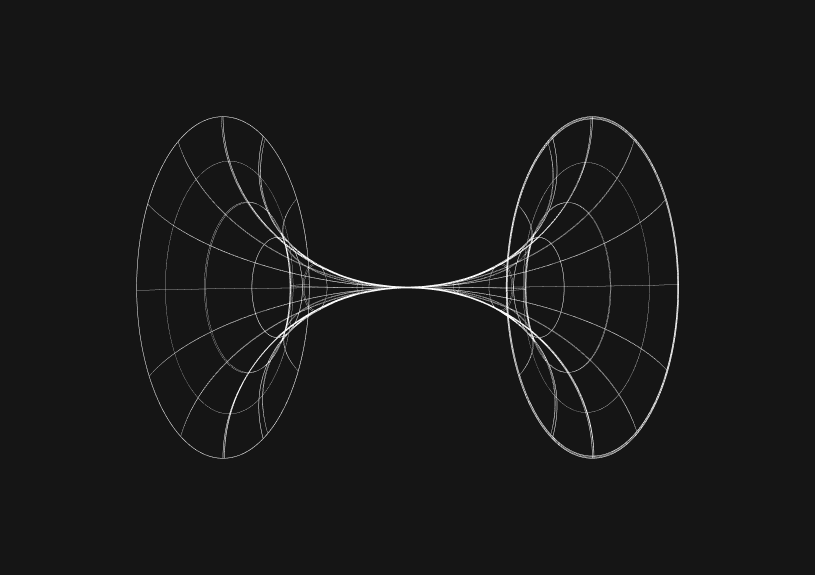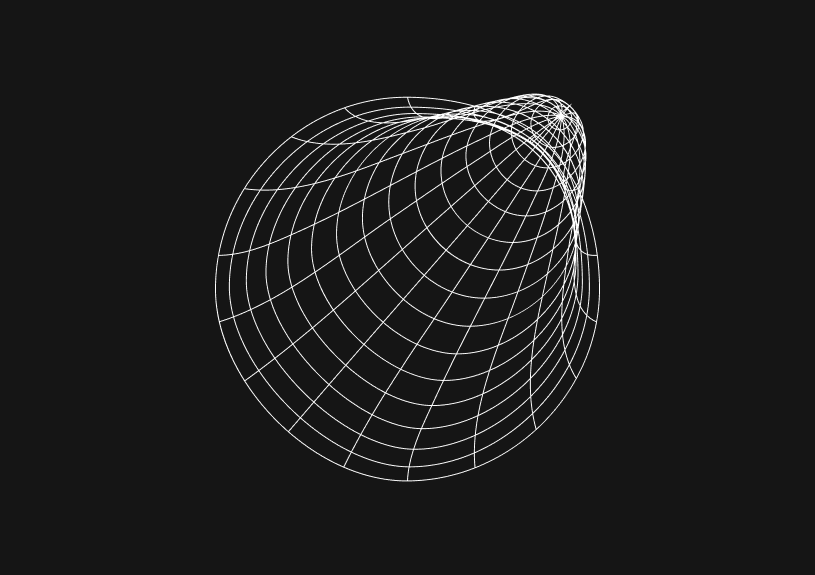
Correct Placement of External Style Sheets in HTML
Incorporating CSS into your web pages is important for defining the aesthetics and layout of your HTML elements. Placing the link to an external style sheet in the correct part of your HTML document makes your page load way faster.
This post covers where in an html document is the correct place to refer to an external style sheet.
Understanding the head element
The <head> section of your HTML document is the designated spot for linking to external style sheets. This part of your document hosts metadata and links to external resources like CSS files, which, while not directly visible on the page, play a pivotal role in its presentation and behavior.
How to link an external style sheet?
To effectively link an external style sheet, employ the <link> element with the rel, type, and href attributes. Use the rel attribute to define the relationship between the document and the linked file as stylesheet. The type attribute should specify the MIME type of the linked document, here text/css for CSS files, and the href attribute must point to the location of the CSS file.
<head> <link rel="stylesheet" type="text/css" href="styles.css"> </head>
Benefits of linking CSS in the head
Linking your CSS in the head section allows the browser to fetch and apply the CSS early during the page load process. This not only makes your page appear to load faster because the styling gets applied as the HTML is rendered but also ensures that your styles are consistently applied as the page loads, eliminating any flash of unstyled content.
Best practices
If you need to organize your styles better, feel free to link multiple CSS files. However, remember to keep an eye on the number of files to prevent too many HTTP requests that could slow down your page. Additionally, consider minifying your CSS files to improve loading times by reducing their size through the removal of unnecessary whitespace and comments.
Invite only
We're building the next generation of data visualization.
How to Center a Table in HTML with CSS
Jeremy Sarchet
Adjusting HTML Table Column Width for Better Design
Robert Cooper
How to Link Multiple CSS Stylesheets in HTML
Robert Cooper
Mastering HTML Table Inline Styling: A Guide
Max Musing
HTML Multiple Style Attributes: A Quick Guide
Max Musing
How to Set HTML Table Width for Responsive Design
Max Musing






